We love LEGO® here at Science Sparks and can't wait to share our latest science and LEGO® creations. First up is a catapult.
Catapults are great for learning about gravity and transfer of energy. When you pull down on the catapult arm, elastic potential energy is stored. When you release the catapult arm, the potential energy changes to kinetic energy ( energy of motion ), which is transferred to the object, which then flies through the air.
How to make a LEGO Catapult
First, think about how to build your catapult. What features does it need to have? How stable does it need to be? How big should it be?
We went through several iterations of our design before finally settling on this.
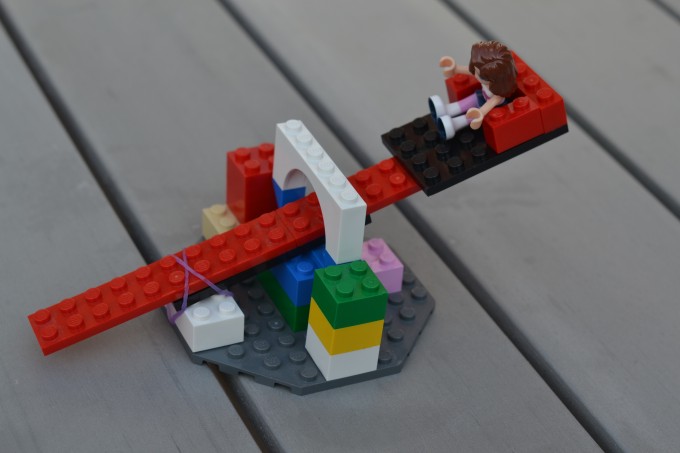
- The base is wide and has extra bricks on the sides to stop it from falling over.
- The arc brick above the catapult arm helps to keep the arm in place.
- Extra bricks around the LEGO® girl stop her slipping.
- The elastic was a last-minute addition that stopped the catapult arm from flying off and gave it an extra springy boost.
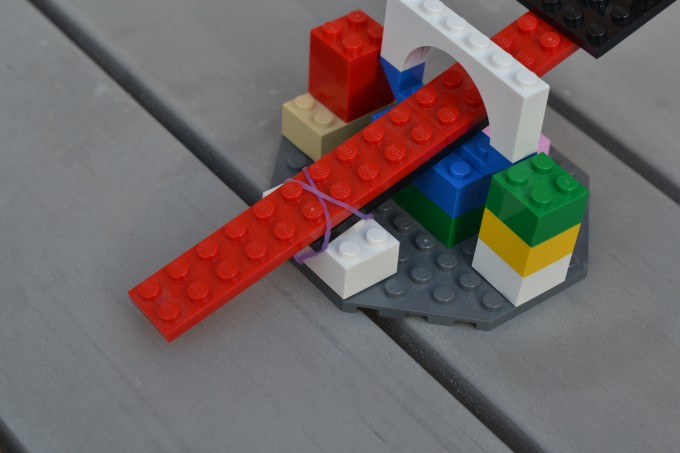
Can you think of any other ways we can improve our design? How would you improve your design?
Extension Ideas
Measure and record how far different catapult loads travel.
Find out what happens if you use a longer or shorter arm.
Create a catapult with craft sticks and compare the two designs.
Finally, don't forget to try my other science experiments using LEGO®.
Science Concepts
Energy
Gravity
Forces and Motion
Last Updated on February 20, 2025 by Emma Vanstone
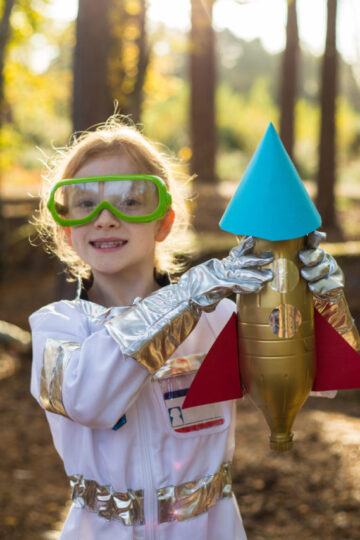

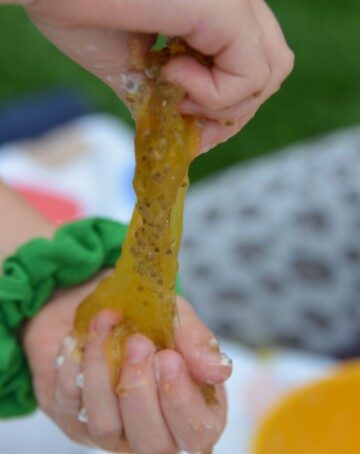
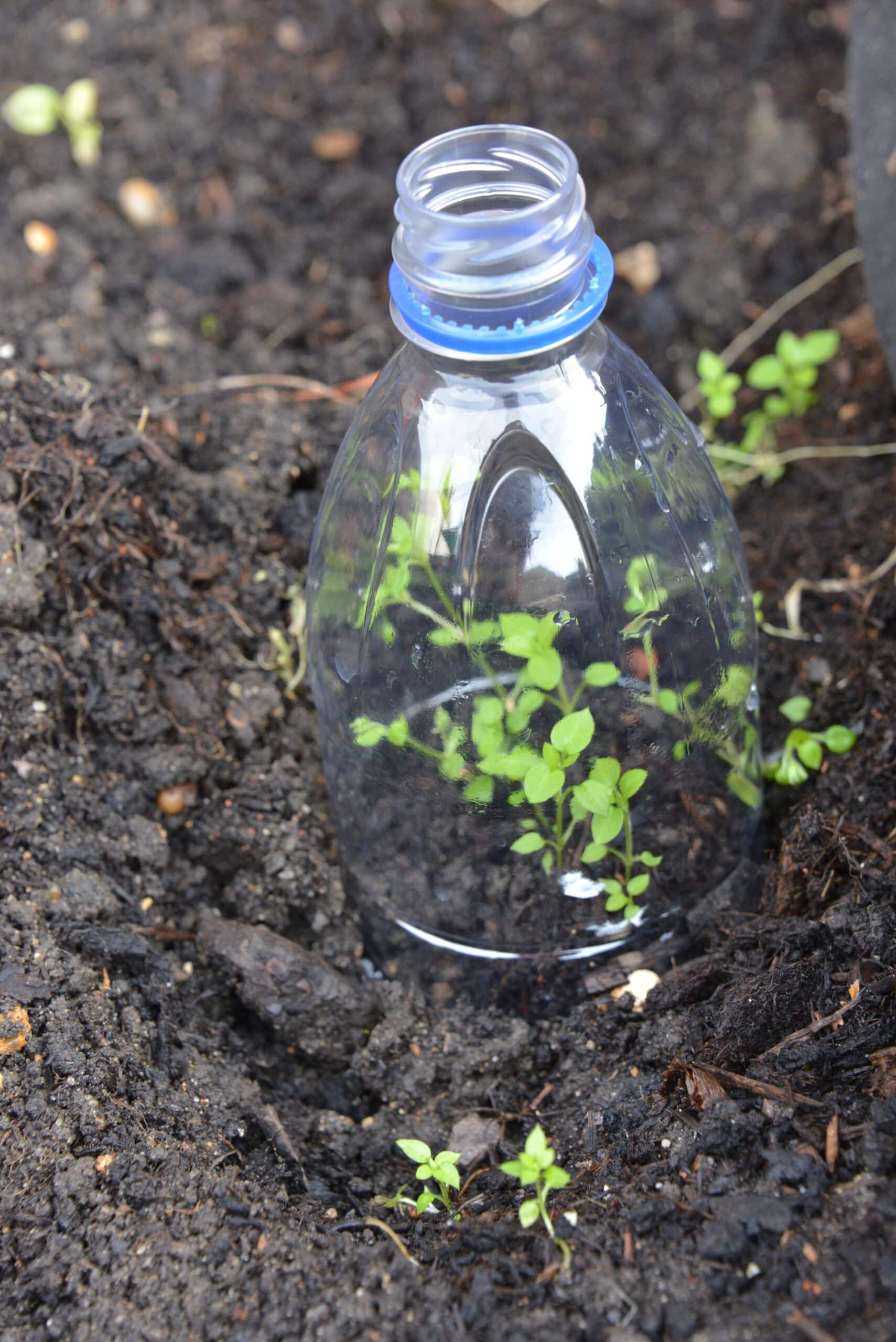
Leave a Reply